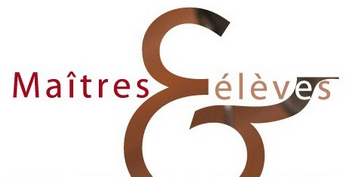Les Maitres et Elèves par ordre alphabétique

Claude DELHIEF (....-2013)
Seal and cameo-engraver
Craft National Living Treasures 1998
Studio Delhief : an overview
For nearly thirty years, Claude Delhief, graduate of the Ecole Nationale Supérieure de Beaux Arts, has been devoting his talents through his original works and through the dissemination of his technical ingenuity to the revival of glyptics as art.
His studio-assistant, David Barbier, began his career as a stone-setter in fine jewelry. And
for over ten years, he too, has pursued an interest in glyptics. Recently he received official recognition as Meilleur Ouvrier de France.
The profession of glyptician as it has been traditionally exercised in the Fine Arts and Applied Arts domaines made its initial appearance over 5,000 years ago in Sumer where scauper-cylinders were used to engrave seals on the surfaces of soft stones such as hematite, diorite and steatite.
Since it first crossed the Tigris and the Euphrates , the profession has met with varying degrees of prosperity in different areas of the world. There was 18th century France with
the exceptionally talented Jacques Gay who studied under the famous painter, François Boucher. This young man was not to escape the consideration of Madame de Pompadour,
who not only granted him her patronage, providing him thereby with the necessary incentive, but, desiring to learn the art herself, set him up with his lathe in her own private apartments at Versailles.
Since the 19th century, glyptics has often been referred to as “engraving on precious stones”.
However, this unfortunate designation has done a great disservice to what is proper to the
field of gemnology; for , in glyptics, the support material used can be either
mineral ( precious, semi-precious or ornamental stones),
organic (ivory, coral, mother-of-pearl, amber)
or vegetal (luxurious types of wood) .
Characteristically, the technique used in glyptics deals with shaping the material used by
way of an abrasive process rather than a percussive one.
Intaglio, cameo, sculpture-in-the-round, high and low relief are all nothing more than the
basic materializations used to illustrate a heraldic transcription, a portrait, a composition or the engraved or sculpted part of a creation composed of different materials.
All works are hallmarked before leaving the studio.












